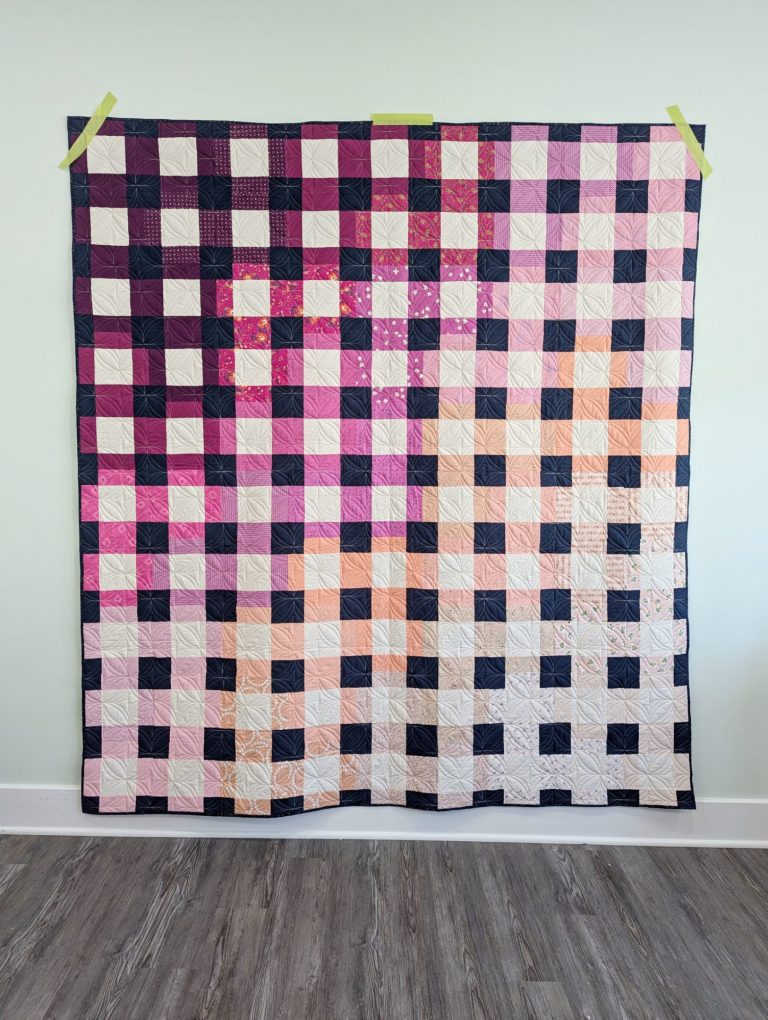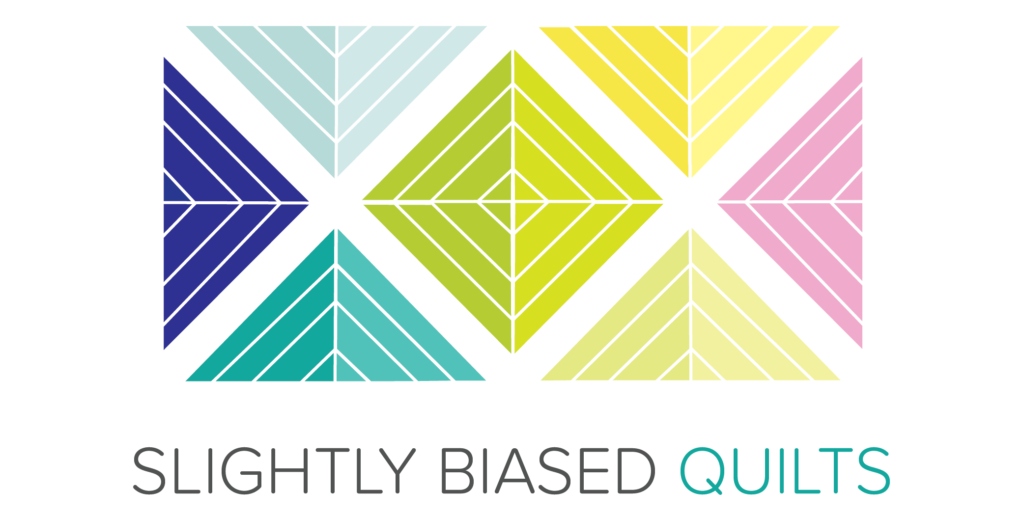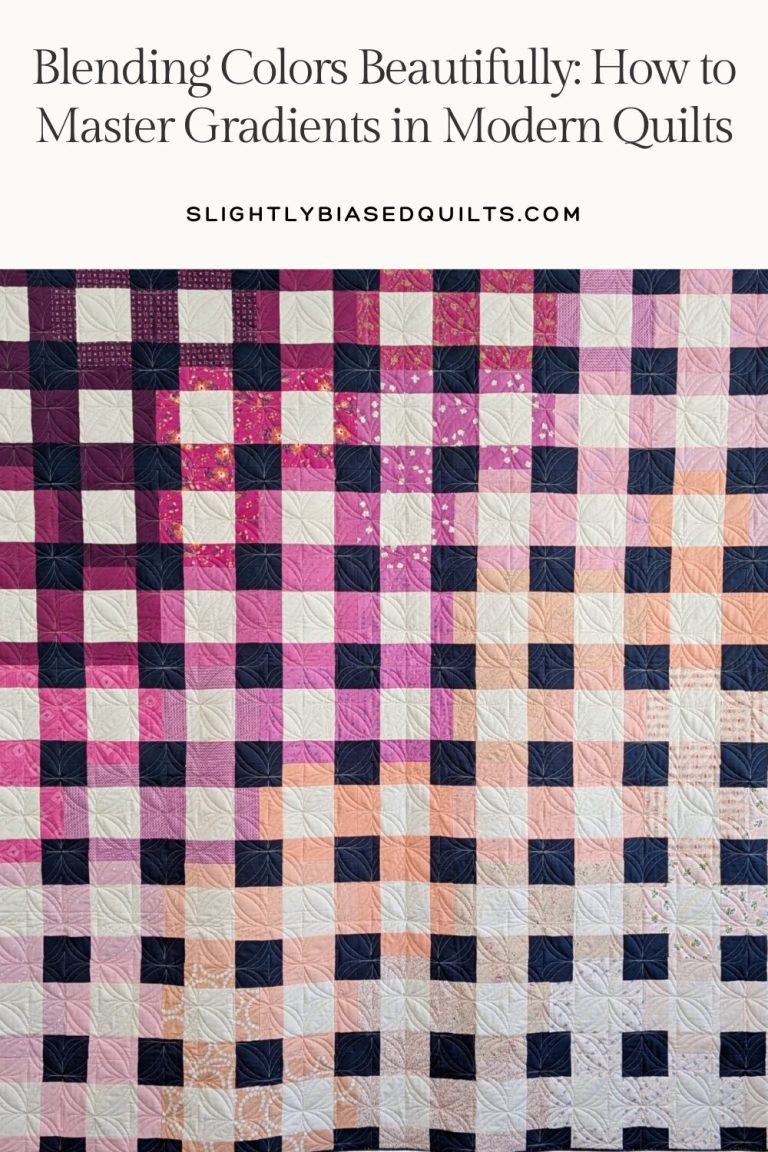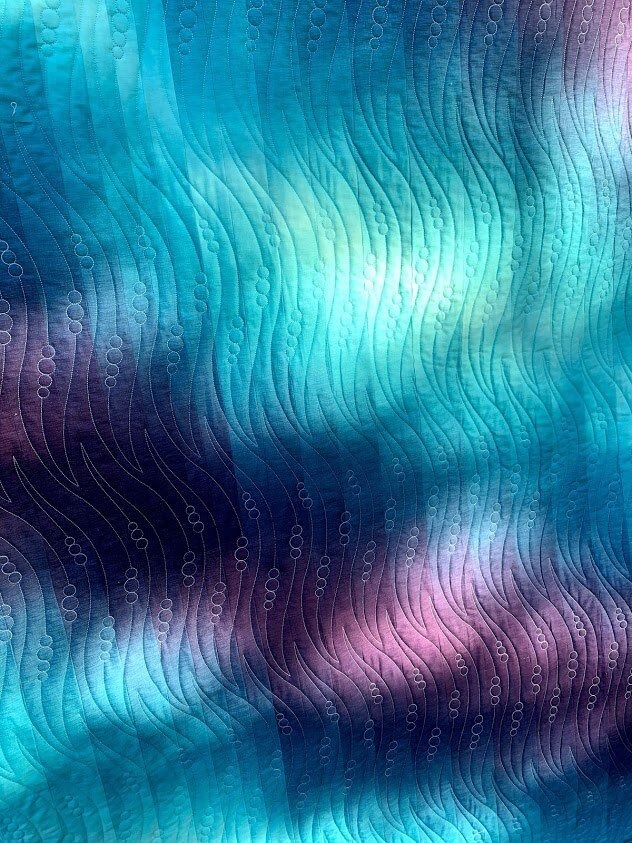Modern quilting thrives on bold designs, clean lines, and striking color choices. One of the most visually captivating techniques in modern quilting is the use of gradients—smooth transitions of color that create depth, movement, and a sense of harmony within a quilt. Whether you prefer soft, subtle shifts or high-impact color progressions, mastering gradients can elevate your quilting skills to a new level.
Why Gradients Work in Modern Quilts
Gradients are a natural fit for modern quilting because they emphasize color play and visual flow. Unlike traditional quilts that often rely on high-contrast blocks, gradients blend colors seamlessly, giving the quilt a dynamic yet cohesive look. This technique can be used to:
- Create an ombré effect that moves from light to dark or warm to cool.
- Highlight a central motif by gradually changing background colors.
- Add movement to geometric designs by shifting colors strategically.
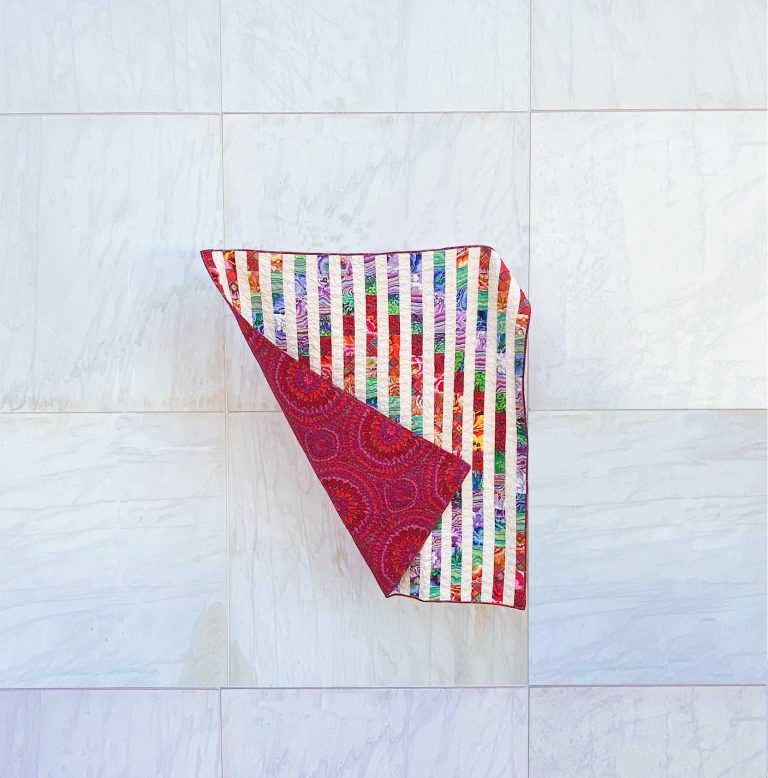
Tips for Creating Smooth Gradients
1. Choose a Thoughtful Color Palette
The key to a stunning gradient quilt is selecting colors that transition smoothly. Consider using a color wheel to determine hues that naturally blend into each other. Some go-to gradient transitions include:
- Monochromatic shifts (various shades of one color)
- Analogous colors (adjacent on the color wheel, like blue-green to teal)
- Rainbow spectrum (blending from red to violet for a bold impact)
If you have trouble picking out color check out some fat quarter bundles for inspiration.
2. Use Fabrics with Subtle Variations
Solid fabrics work beautifully for sharp, defined gradients, but for a softer look, consider batiks, watercolor prints, or ombré fabrics that naturally transition between colors. Layering these fabrics can create a more organic color shift.
3. Arrange Your Layout Before Sewing
Before stitching, lay out your quilt pieces and step back to assess how the colors flow. Take a photo to see if any areas feel disjointed. Adjust placements as needed to create the smoothest transition possible.
4. Experiment with Piecing Techniques
Different quilt construction methods can enhance the effect of a gradient:
Strip piecing for seamless color transitions.
Foundation paper piecing for precision.
Half-square triangles or flying geese for a structured but blended look.
Patterns That Showcase Stunning Gradients
Looking for a pattern that makes the most of color transitions? These two quilt patterns are perfect for gradient lovers:
Wild Tracks Quilt Pattern – Featuring bold geometric shapes and a striking layout, this pattern is ideal for experimenting with color shifts. Try it in a monochromatic palette for a sleek, modern feel or go for a rainbow effect for high visual impact.
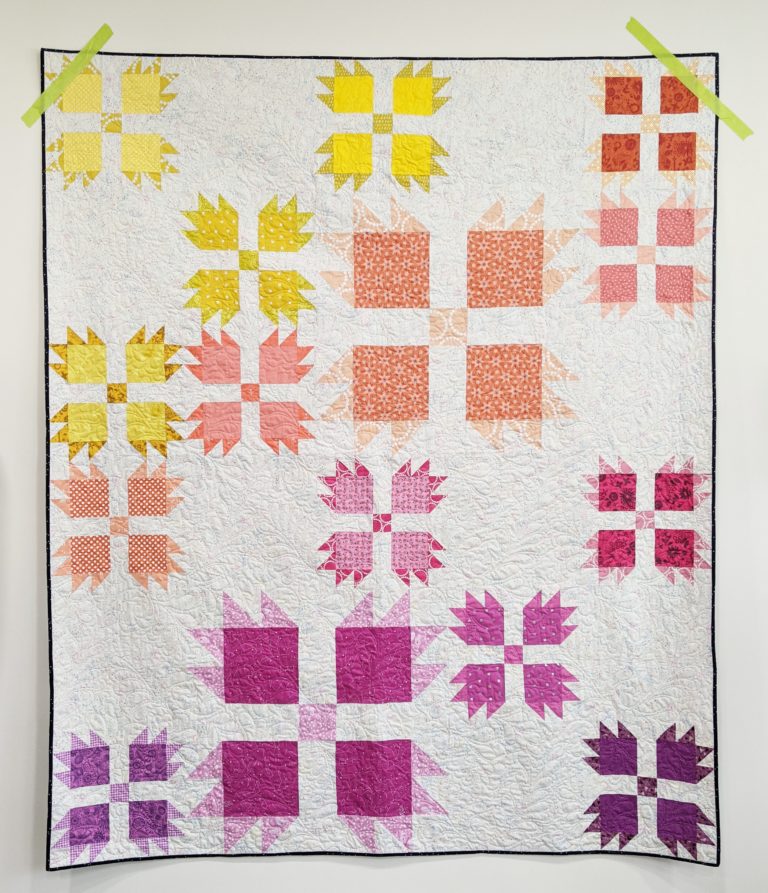
Pixie Patch Quilt Pattern – This playful design lends itself beautifully to soft gradient transitions. Whether using pastels or vibrant hues, the movement in this pattern is enhanced by color blending techniques.
Mastering gradients in modern quilting allows you to push the boundaries of color and create truly mesmerizing quilts. Whether you go bold with a full spectrum or keep it subtle with delicate shading, playing with gradients can transform your quilt from ordinary to extraordinary. Start small with a mini quilt or dive into a full-sized masterpiece—the possibilities are endless!
